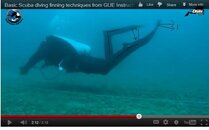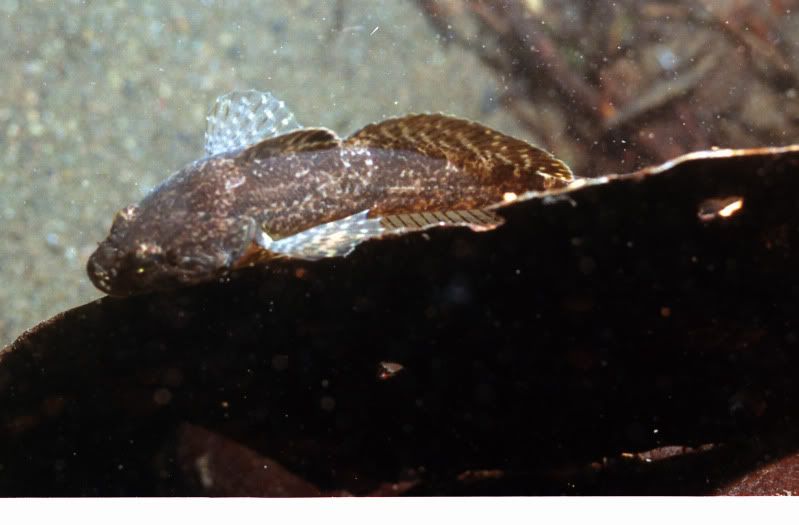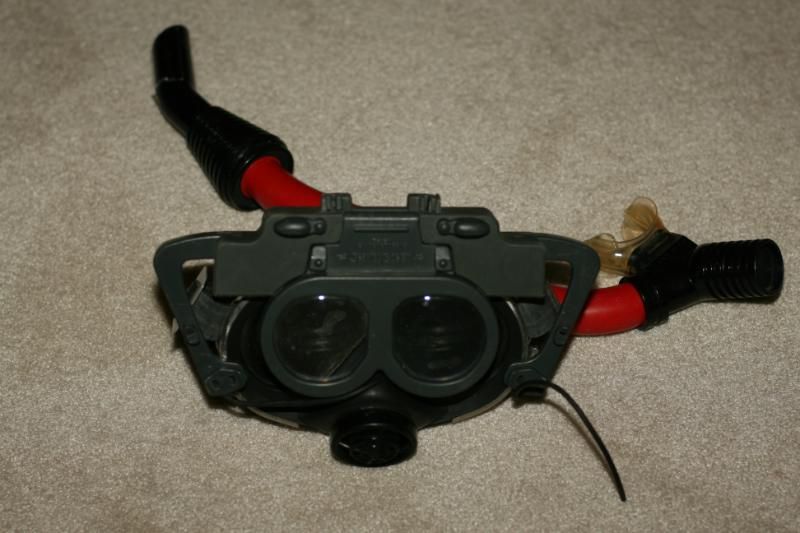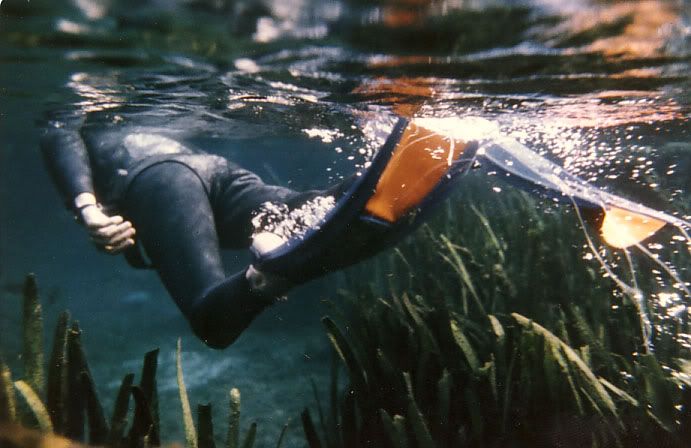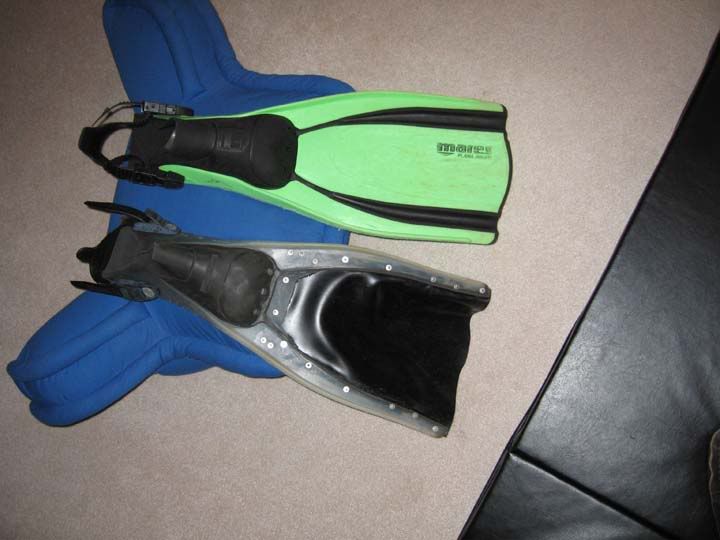KoiWatcher
Registered
I have found a few threads that deal with drop foot and they didn't provide the answers I'm searching for - Thus this post.
If a foot is frozen at a 90 degree angle for walking (currently with a prosthetic brace, there is a chance of needing ankle fusion surgery in the future), and the advice in some of the other drop foot threads of placing the foot into a 45 degree angled foot brace for use in the water is not possible, then:
1) Has anyone had to adjust their finning technique to account for the improper angle of the foot? If so how?
I am wondering how to balance obtaining a finning form that provides adequate propulsion with the need to not further injure the leg/foot.
2) Has anyone tested different types of fins to see if one type works better than another given the parameter of keeping one foot inflexible and frozen at a 90 degree (walking) angle? The boards of full of heated "the best fin is" threads, but none seem to apply here.
Thanks!
If a foot is frozen at a 90 degree angle for walking (currently with a prosthetic brace, there is a chance of needing ankle fusion surgery in the future), and the advice in some of the other drop foot threads of placing the foot into a 45 degree angled foot brace for use in the water is not possible, then:
1) Has anyone had to adjust their finning technique to account for the improper angle of the foot? If so how?
I am wondering how to balance obtaining a finning form that provides adequate propulsion with the need to not further injure the leg/foot.
2) Has anyone tested different types of fins to see if one type works better than another given the parameter of keeping one foot inflexible and frozen at a 90 degree (walking) angle? The boards of full of heated "the best fin is" threads, but none seem to apply here.
Thanks!





